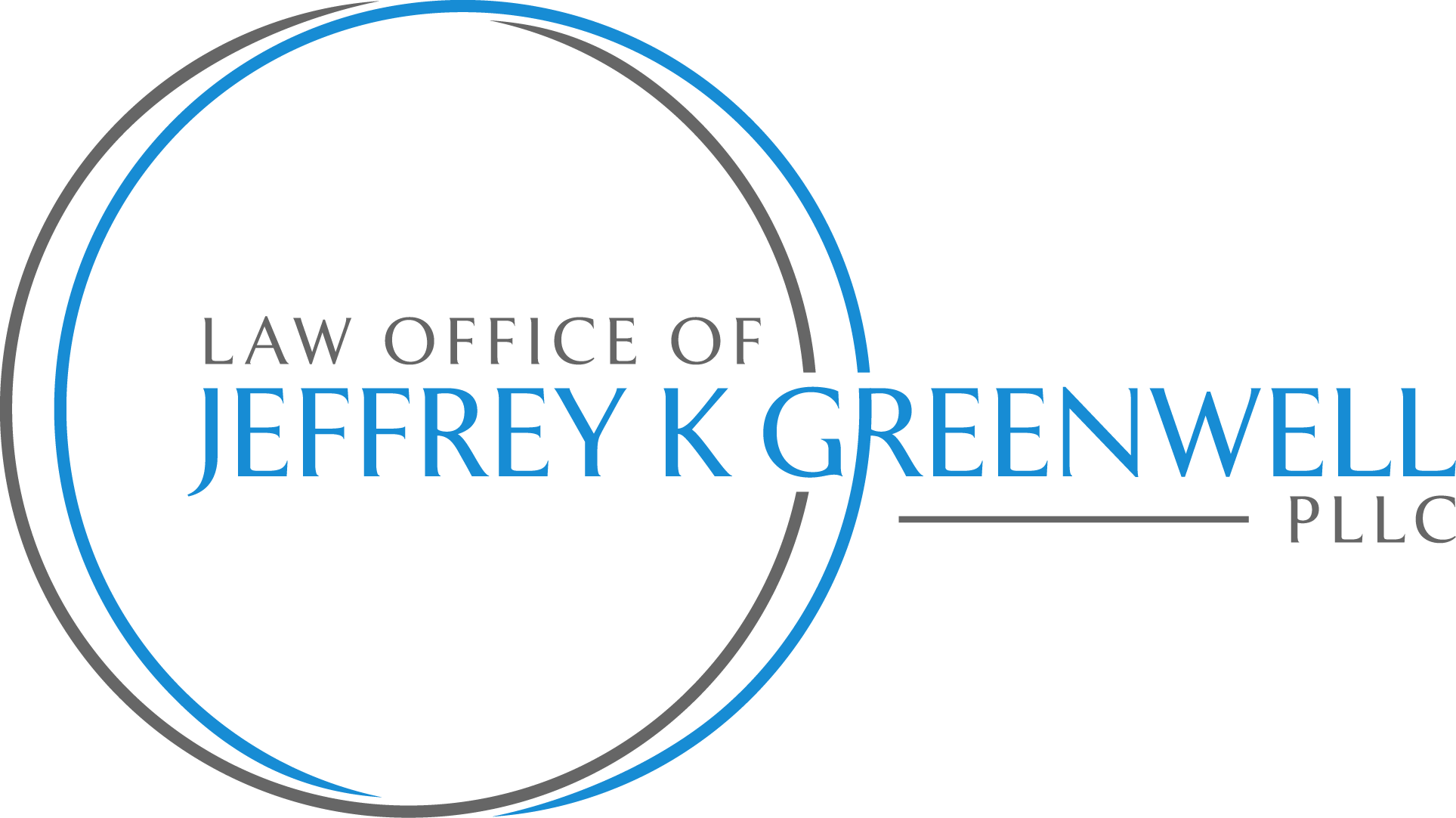The bankruptcy world played a quiet but significant role in bringing about this controversial $26 billion settlement. So, fittingly, the settlement terms require the banks to make significant changes in their behavior in bankruptcy court.
Before leaving my current series of blogs on this mortgage settlement, I had to tell you about its bankruptcy angles.
The bankruptcy courts are where some of the earliest signs of bank misconduct appeared. For many years before the “robo-signing” scandal broke in the fall of 20010, mortgage lenders had been making a bad name for themselves in bankruptcy court with shoddy accounting and loose paperwork. Unlike most foreclosures—judicial or non-judicial—in which homeowners do not have attorneys representing them, the majority of homeowners in bankruptcy do have attorneys. So when, for example, mortgage lenders try to get “relief from stay”–permission to foreclose on a home under bankruptcy protection—the homeowner has both a convenient forum—the bankruptcy court—and an advocate who can point out to the court that the lender has not credited all the payments, that it has misplaced payments in some “suspense account,” and/or that it hasn’t even provided its own attorney with accurate accounting information or documentation.
The bankruptcy system also had another player with a major role, as U.S. Attorney General Eric Holder highlighted when he announced the settlement last month:
The U.S. Trustees Program, which serves as the watchdog of all bankruptcy court operations, was one of the first federal agencies to investigate mortgage servicer abuse of homeowners in financial distress. As part of their investigation, Trustees reviewed more than 37,000 documents filed by major mortgage servicers in federal bankruptcy court – and took discovery in more than 175 cases across the country.
Accordingly, the Complaint filed against the banks as part of this settlement documentation includes a major section on “The Banks’ Bankruptcy-Related Misconduct,” listing 15 distinct types of misconduct. (See pages 34-38 of the Complaint.)
And each bank’s Consent Judgment contains a series of requirements related to their bankruptcy procedures. (See the Ally Financial/GMAC Mortgage/Residential Capital ”Consent Judgment” here, along with its exhibits, totaling more than 300 pages. The other banks’ Consent Judgments can be found here.)
Here is an example of some of the requirements, as applicable to the banks’ filing of proofs of claim (“POC”) in bankruptcy court, which they file to establish the nature and amount of a debt:
The lender “shall ensure that each POC is documented by attaching:
a. The original or a duplicate of the note, including all indorsements; a copy of any mortgage or deed of trust securing the notes (including, if applicable, evidence of recordation in the applicable land records); and copies of any assignments of mortgage or deed of trust required to demonstrate the right to foreclose on the borrower’s note under applicable state law … .
….
f. The POC shall be signed (either by hand or by appropriate electronic signature) by the responsible person under penalty of perjury after reasonable investigation, stating that the information set forth in the POC is true and correct to the best of such responsible person’s knowledge, information, and reasonable belief, and clearly identify the responsible person’s employer and position or title with the employer.”
These requirements strike at the rampant problems with insufficient documentation and authorization, including assignments and recordings. There are similar rules applicable to motions for relief from stay, about fees charged by lenders during Chapter 13 cases, and their loss mitigation behavior during bankruptcy.
Remember that this national mortgage settlement does NOT settle or waive any “claims and defenses asserted by third parties, including individual mortgage loan borrowers on an individual or class basis.” (See the Federal Release, Exhibit F, p. 42, and the State Release, Exhibit G, p. 10, in the Ally Financial “Consent Judgment,” by way of example.) In effect that means that debtors in bankruptcy are not limited by the settlement from pursuing mortgage lenders for their violations of bankruptcy law, including those laws referred to in this settlement. These lenders simply also have their feet to the fire for the next three and a half years while the settlement is in effect and they are being monitored for compliance with its requirements.
